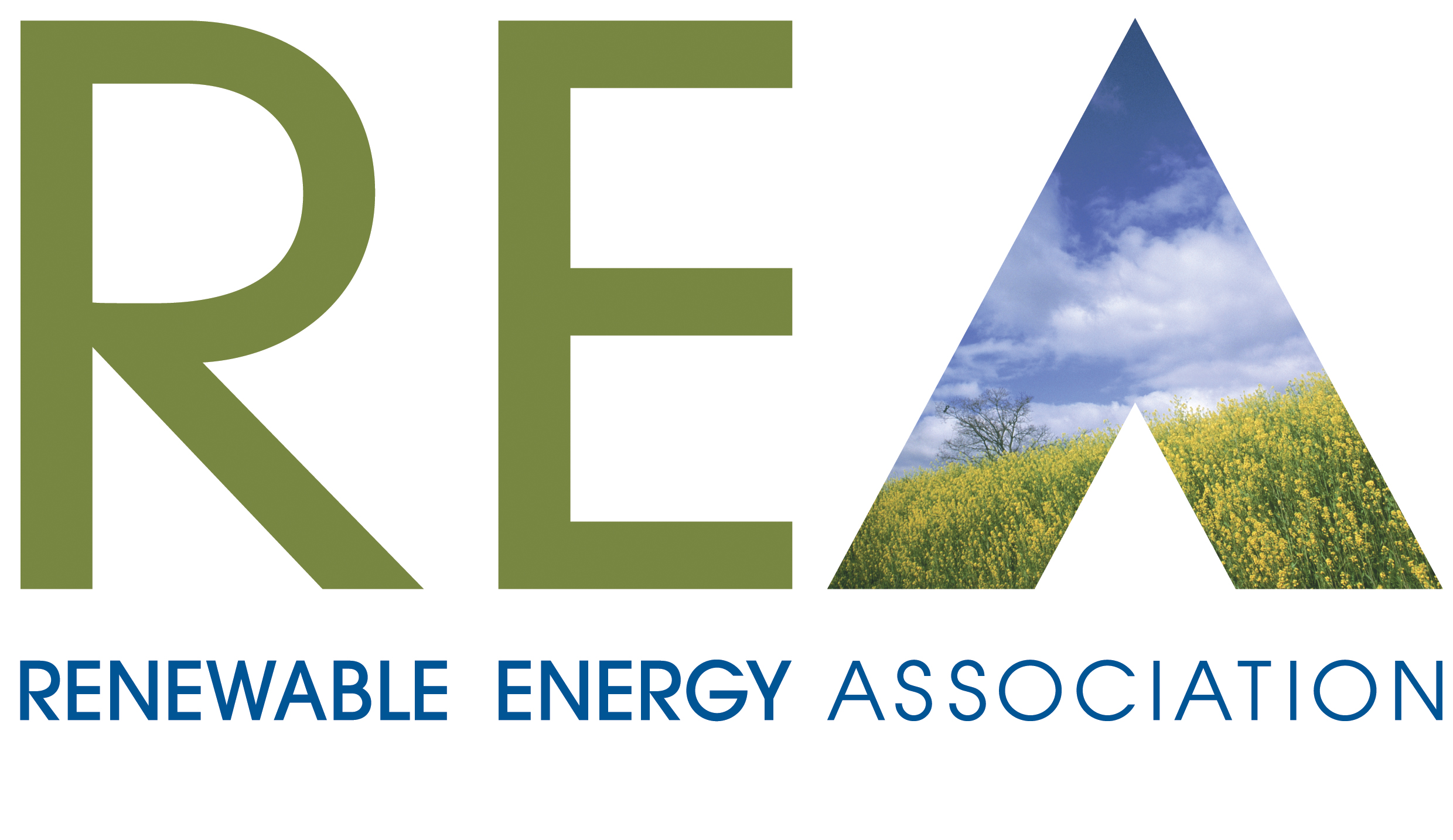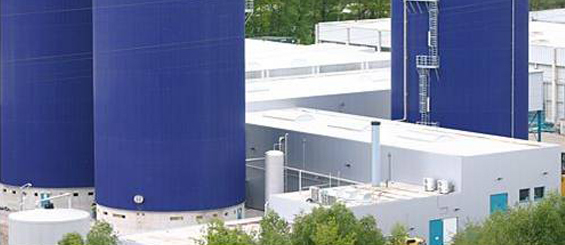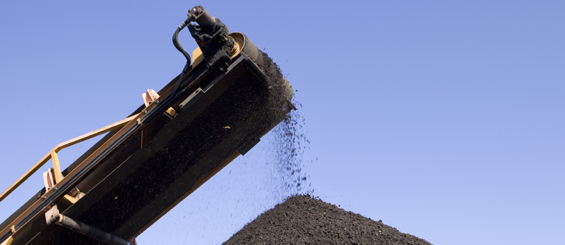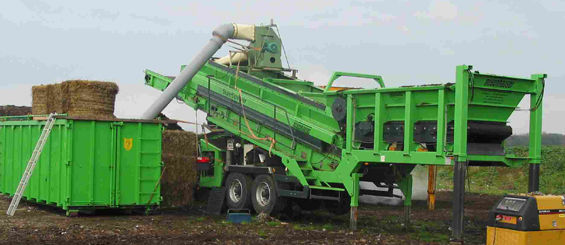Bioaerosols Risk Assessment guidance
Bioaerosol is simply a general term for micro-organisms suspended in the air. These micro-organisms include fungi and bacteria, as well as their components such as mycotoxins, endotoxins and glucans. Bioaerosols are generally less than 10 ?m in size and are not filtered out by hairs and specialised cells that line the nose. Due to their airborne nature and small size, many bioaerosols can penetrate the human respiratory system, resulting in inflammatory and allergic responses (Wheeler et al 2001; Swan et al, 2003).
Although bioaerosols are ubiquitous, waste and waste management operations provide environments that are conducive to their growth, particularly composting, which requires micro-organisms to support the process. Bioaerosols are therefore certain to be associated with composting, and in particular, activities such as shredding and turning, which release the micro-organisms into the air.
The Environment AgencyâÂÂs current policy position on composting and potential health effects from bioaerosols (2007) is that they will:
"take into account the potential effects of bioaerosols on human health when authorising new waste composting facilities or changes to existing facilities. To do this, applicants will have to provide us with a site-specific bioaerosol risk assessment if there is a workplace or dwelling within 250 metres of the composting site boundary... The assessment must be based on clear scientific evidence and show that bioaerosols can and will be maintained at appropriate levels at any workplace or boundary of a dwellingâÂÂ
The site-specific bioaerosol risk assessments provide operators with the basis for identifying operational controls on site and allow them to target controls where exposures to significant hazards are of greatest concern. Furthermore, they should reassure the regulator and local communities that facilities are being operated safely and responsibly without undue risks to operational staff, to public health or to the environment.
This document Guidance on the evaluation of bioaerosol risk assessments for composting facilities provides guidance on assessing the adequacy of a bioaerosol risk assessment. It does not provide generic guidance on how to undertake a risk assessment, as this already exists elsewhere (e.g. DETR et al., 2000). The aim is to provide a user-friendly document that will assist Environment Agency permitting staff to make informed decisions about applications for a permit or exemption for composting facilities. While the focus is on Environment Agency staff, this document will also assist those completing the risk assessments, as it will provide an understanding of what the Environment Agency expects to be included in bioaerosol risk assessments. This guidance is designed to complement the Association for Organics Recycling (2009) standard protocol âÂÂA standardised protocol for the monitoring of bioaerosols at open composting facilitiesâÂÂ, which provides detailed methodologies for collecting bioaerosol concentration data. Both documents aim to improve risk assessment quality given that many are often of poor quality or are not sufficiently comprehensive.
This guidance begins with a brief introduction to the key components of a bioaerosol risk assessment, and then provides more details on bioaerosols. Topics covered include types of bioaerosols, sampling methods and potential health effects.
To download the document please click http://publications.environment-agency.gov.uk/pdf/GEHO0809BQUO-e-e.pdf
In addition you can view the Environment Agency's 2007 policy statement 405_07 at http://www.environment-agency.gov.uk/static/documents/Research/bad8db59_1921723.pdf





.jpg)


